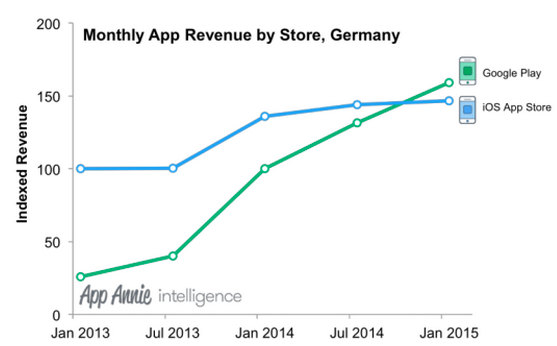There were 2.6 million apps available on the Play Store in December 2016, and 2 million on the App Store. The app competition is higher than ever: here are some tips to improve your visibility and drastically increase your number of downloads.
Know Your Users
First of all, you need to know who you intend to target: in terms of demographics (age group, gender) and app usage (why would they download your app?).
This will influence all your app’s content, its store title, screenshots and description. You should come up with a list of keywords and phrases that will be searched by your targeted users.
According to this survey, the main motivation to download an app is to accomplish a specific task, followed by a friend’s recommendation.
Improve Your App Store Optimisation (ASO)
Your ranking on the app store and its sub categories will not only depend on your app’s content (see above), but also on many other factors: number of reviews, shares on social media, recommendations from friends, etc.
Therefore, you must work on improving your users’ retention. For instance, you may ask for their feedback a few days after they install the app. If the user likes the app, invite him to put a review on the App Store. If he doesn’t, leave a comment section within your app that will help you improve and get better ratings.
Another trick is to place many buttons allowing the users to share your content on social media: when they accomplish a special action within your app, get a reward, buy a new feature…
Invest in User Acquisition
A good User Acquisition strategy can help acquire profitable users. We published last year a white paper highlighting 8 recommendations to improve your UA strategy. As a result, it is important to work with trustworthy and direct sources that can provide a sharp optimisation system and send the best traffic quality.
Keep track of the most important metrics
Determine which KPIs are the most relevant with your acquisition strategy, and follow them daily. We recommend you to put a special focus on these ones: ROI, number of downloads per source (organic vs ad networks), app store impressions, retention rate, number of shares on social media.
